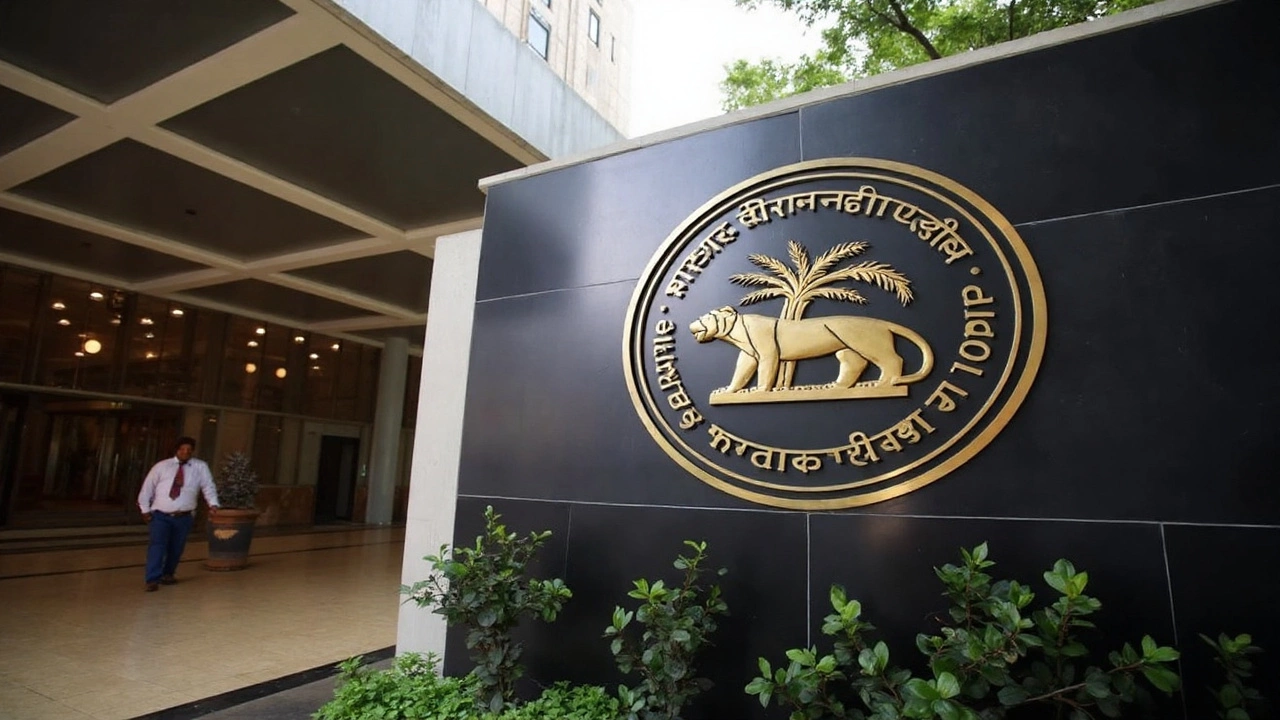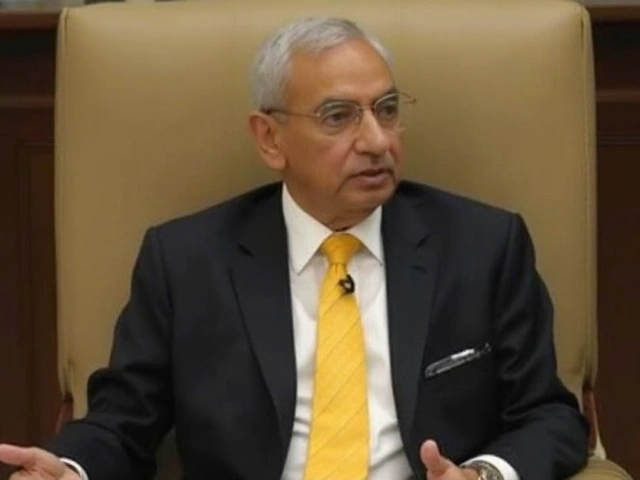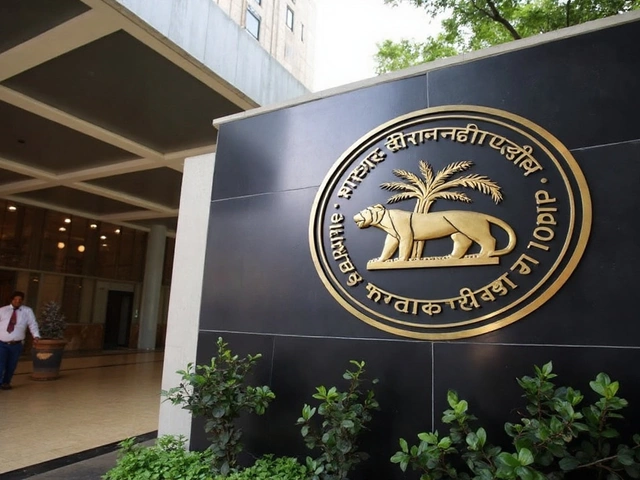RBI Stays Put on Repo Rate. Inflation Forecast Gets a Sharp Trim
The Reserve Bank of India (RBI) isn’t shaking up the repo rate this August — it’s sticking with 5.50%. That’s the same as the last two meetings, so if you were betting on a surprise, well, you lost. This comes after the central bank cut interest rates by a total of 100 basis points between February and June, giving borrowers some relief and banks more flexibility to lend.
Governor Sanjay Malhotra says RBI is walking a fine line. They want to keep the economy humming, but there’s no escaping those global wildcards — most of all, the sting of fresh U.S. tariffs announced at the end of July. That kind of move by Washington always spooks markets and can send shockwaves through India’s own export demand and currency flows.
This time, though, the headlines are being stolen by inflation. RBI has actually knocked its FY26 inflation forecast down to 3.1%. That’s a pretty big change from earlier, thanks to steady falls in prices for things like food, energy, and manufactured goods. The government’s price-control moves and easing supply chain bottlenecks are finally making a mark. That said, grocery bills might still feel hefty, but the headline numbers are cooling down.
In terms of economic growth, the RBI isn’t adjusting its expectations for the year. Despite global speed bumps, the central bank still sees India’s real GDP rising right on track. The message: we’re holding steady and not letting global drama knock us off course — at least, not yet.
Liquidity Moves and MPC Members’ Take
Behind the scenes, the RBI’s Monetary Policy Committee (MPC) has its work cut out. Earlier, they slashed rates in June by 50 basis points and tweaked the Cash Reserve Ratio (CRR) to 3%. Lowering the CRR lets banks free up more cash to lend or invest — anything to keep growth ticking. MPC member Nagesh Kumar underlines that these steps should keep small businesses and borrowers breathing easier.
The central bank keeps repeating its focus: managing liquidity well and making sure rate cuts really filter down to customers and businesses. In theory, banks should be able to offer cheaper loans when rates go south, but sometimes it takes a nudge from the RBI to get those benefits passed on.
Worth remembering, the RBI is choosing caution for a reason. U.S. tariffs, an unpredictable global economy, and swings in capital flows can hit India without warning. By keeping its stance neutral and emphasizing domestic stability, RBI is saying it won't risk India's hard-earned macroeconomic gains. But Malhotra and his team stress that if the global mood darkens, they're ready to act — watchful but not rattled.
If you’re a business owner, saver, or just following where your money is heading, this is classic RBI: steady hands, moderate optimism, and a close eye on every new headline from abroad.







